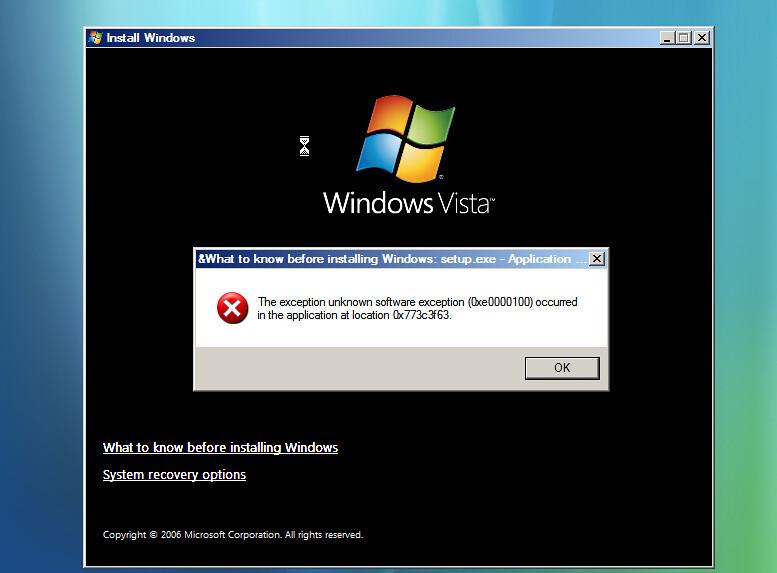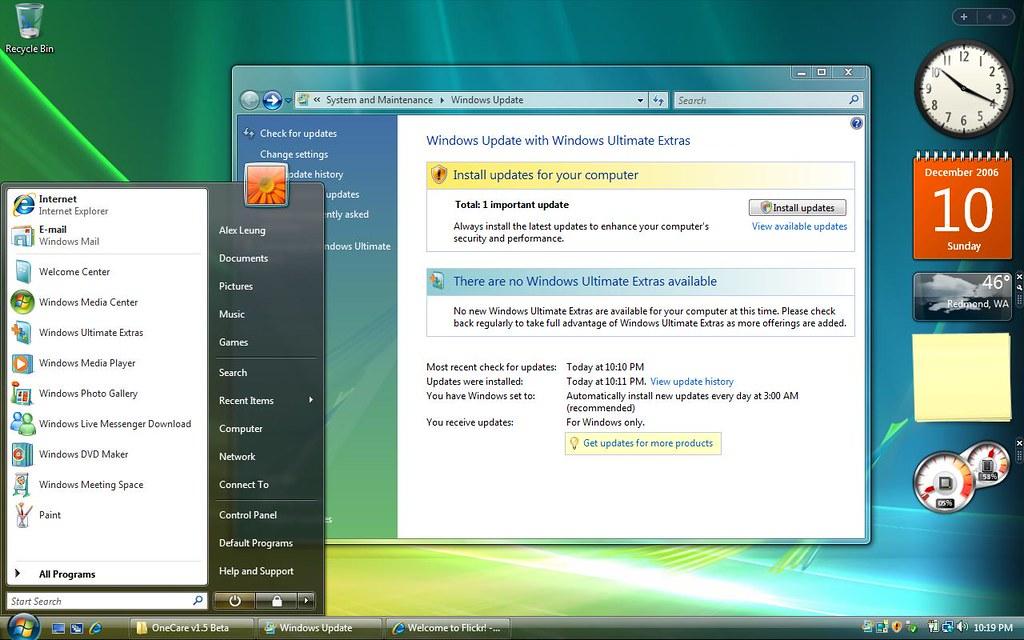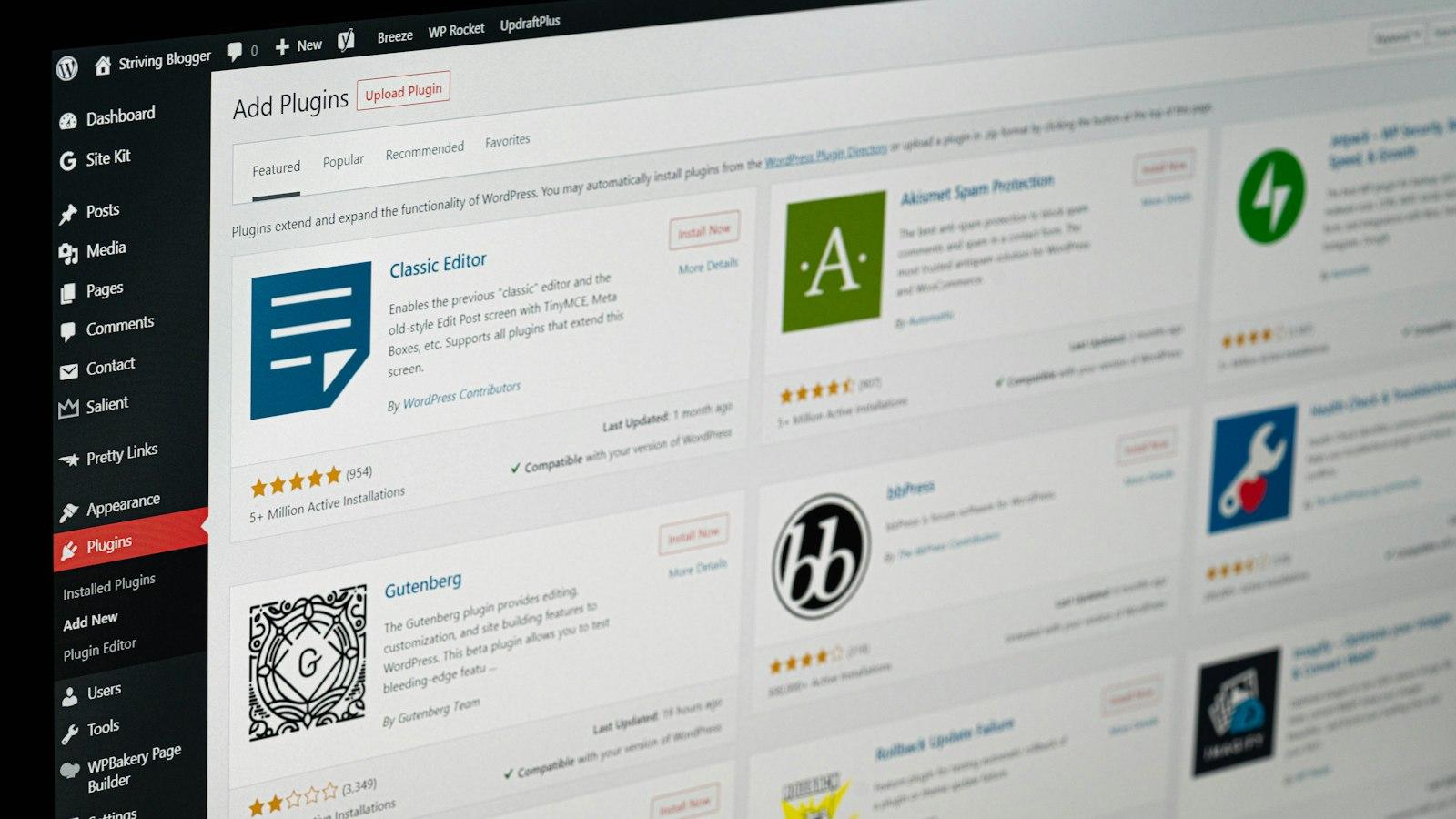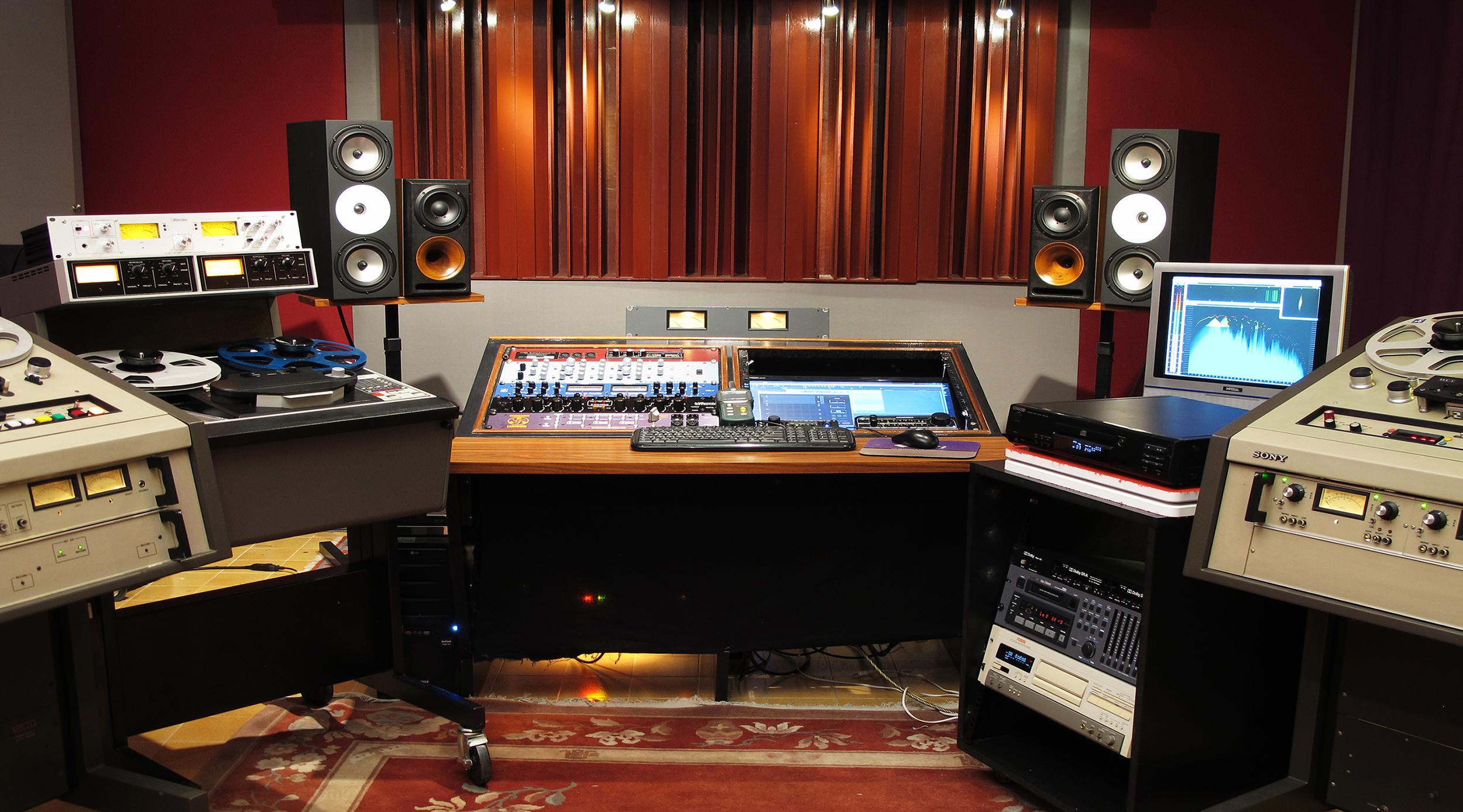
Windows Vista, an operating system released by Microsoft, revolutionized the way computers functioned when it was introduced in 2007. While it may no longer be the most recent version of Windows, many users still rely on Windows Vista for their day-to-day computing needs. Whether you are a beginner or a seasoned user, this article aims to provide you with a comprehensive guide on how to effectively utilize the various features and functions of Windows Vista. From navigating the interface to maximizing productivity, join us as we delve into the intricacies of Windows Vista and uncover tips, tricks, and techniques to make the most out of this powerful operating system.
Introduction to Windows Vista
Windows Vista is an operating system developed by Microsoft that was released in 2006 as an upgrade to its predecessor, Windows XP. It introduced a number of new features and improvements, aimed at enhancing the user experience and increasing system security. In this post, we will provide you with a comprehensive guide on how to effectively use Windows Vista, taking advantage of its unique features and functionalities.
Getting Started: Upon turning on your computer, you will be greeted with the Windows Vista Welcome Center. This central hub provides quick access to essential tasks and features, such as setting up a wireless network, transferring files, and adjusting display settings. The Start menu, with its revamped design, is your gateway to all your applications, files, and settings. Organize your frequently used programs by pinning them to the Start menu for easy access.
Utilizing Search: Windows Vista introduced a powerful search feature that allows you to quickly find files, programs, and settings. By simply typing a keyword into the search box on the Start menu, you can instantly locate what you’re looking for. To refine your search, use search filters such as date modified, file size, or file type. Take advantage of advanced search operators, such as AND, OR, and NOT, to further customize your search criteria.
Navigating with Aero Flip 3D: One of the standout features of Windows Vista is the Aero Flip 3D, a visually stunning way to navigate through open windows and programs. To activate this feature, press the Windows key + Tab. This will display a 3D carousel of all your open windows, allowing you to easily switch between them. Alternatively, use the Aero Peek feature by hovering your mouse over the taskbar to get a quick preview of open windows without fully switching to them.
Managing User Accounts: Windows Vista offers enhanced user account management, allowing you to have multiple accounts on a single computer. Each account can have customized settings and restrictions, ensuring optimal security and privacy. To manage user accounts, access the Control Panel and navigate to the User Accounts section. From here, you can create new accounts, set passwords, and assign different access levels for each user.
Improving System Performance: Windows Vista introduced several performance improvements to enhance the overall speed and efficiency of your computer. Take advantage of the ReadyBoost feature, which allows you to use a USB flash drive as additional RAM, boosting system performance. Keep your system updated by regularly installing Windows updates to benefit from bug fixes, security patches, and additional features.
Windows Vista may have been replaced by newer operating systems, but understanding its functionalities and utilizing its unique features can still be beneficial. By following these tips and exploring the various tools and capabilities of Windows Vista, you can make the most out of your computing experience and enhance your productivity. Whether you’re a beginner or an experienced user, Windows Vista has something to offer for everyone.

Navigating the User Interface: Tips and Tricks
Windows Vista, with its feature-rich user interface, provides users with a seamless and intuitive experience. Whether you are a beginner or a seasoned user, here are some tips and tricks to help you make the most out of your Windows Vista experience.
1. Master the Start Menu:
The Start Menu is your gateway to navigate through Windows Vista. To access it, simply click on the Start button located at the bottom left corner of your screen. From there, you can easily access your most-used applications, search for files and folders, and even personalize your Start Menu by adding shortcuts to your favorite programs.
2. Utilize the Taskbar:
The Taskbar, located at the bottom of your screen, offers quick access to frequently used applications. To customize the Taskbar, simply right-click on it and select “Properties” to adjust the settings according to your preferences. You can pin your favorite applications to the Taskbar, rearrange the order of icons, and even use jump lists for quick access to specific functions within an application.
3. Use Window Snapping:
Windows Vista introduced a handy feature called Window Snapping, which allows you to organize your open windows effortlessly. Simply drag a window to the left or right side of your screen, and it will automatically resize to fit half of the screen. This is especially useful when working with multiple applications or comparing documents side by side.
4. Customize Your Desktop:
Personalize your desktop to reflect your individual style by customizing the theme, wallpaper, and screensaver settings. To access the Personalization settings, right-click on the desktop and select “Personalize.” From there, you can choose from a wide range of themes, wallpapers, and even create your own slideshow of images.
5. Utilize Keyboard Shortcuts:
Save time and navigate through Windows Vista like a pro by using keyboard shortcuts. Here are some useful shortcuts to get you started:
- Windows Key + E: Opens File Explorer
- Windows Key + D: Show desktop
- Windows Key + L: Lock your computer
- Ctrl + Shift + Esc: Open Task Manager
By familiarizing yourself with these shortcuts, you can streamline your workflow and accomplish tasks more efficiently.

Optimizing Performance in Windows Vista
When it comes to , there are a few key strategies and tips you can implement to ensure a smoother and faster experience on your computer. One of the first steps you can take is to disable unnecessary visual effects. Windows Vista comes with several visual effects that can consume valuable system resources, so by turning off features such as Aero Glass, animations, and transparency, you can free up more processing power for essential tasks.
Another effective way to boost performance is by managing startup programs. Many applications are configured to automatically start when Windows Vista boots up, resulting in a longer wait time and decreased system performance. By accessing the ”System Configuration” utility, you can view and disable unnecessary startup programs, allowing your computer to start up faster and run more smoothly.
It is also important to keep your computer’s hard drive in optimal condition. Fragmentation occurs over time as files and data are saved and deleted, causing your hard drive to become fragmented and slower. Windows Vista includes a built-in disk defragmenter tool that you can use to reorganize and optimize your hard drive. Running regular defragmentation can significantly improve system performance by reducing file access times and enhancing overall responsiveness.
Moreover, regularly updating your drivers is crucial for ensuring optimal performance. Drivers act as the intermediaries between your hardware and operating system, and outdated or malfunctioning drivers can result in various issues, including decreased performance. To update your drivers, you can visit the manufacturers’ websites or utilize Windows Update to automatically download and install the latest compatible drivers for your devices.
Lastly, it is essential to regularly check for and install Windows updates. These updates often include performance improvements, bug fixes, and security patches that can enhance the overall stability and efficiency of Windows Vista. You can access the Windows Update utility by clicking on the Start menu, selecting “All Programs,” and then navigating to the “Windows Update” option. By keeping your system up to date, you can ensure that you are benefiting from the latest optimizations and improvements available.

Customizing and Personalizing Your Windows Vista Experience
Windows Vista offers a wide range of customization options to personalize your user experience. Whether you want to change the appearance of your desktop, enhance accessibility features, or personalize your web browsing experience, this article will guide you through the steps to customize and personalize Windows Vista to suit your preferences.
Customizing the Appearance of Your Desktop
Windows Vista provides several ways to customize the appearance of your desktop. You can change the desktop background by right-clicking on the desktop, selecting ”Personalize,” and choosing from a variety of pre-installed wallpapers or your own images. To further personalize your desktop, you can choose different window colors, sounds, and screensavers.
Enhancing Accessibility Features
Windows Vista includes a range of accessibility features designed to make your computing experience easier. To enable these features, go to the Control Panel and click on “Ease of Access.” Here, you can find options to increase font size, enable Magnifier to zoom in on the screen, or turn on the Narrator for screen-reading. Additionally, you can customize the accessibility settings to suit your specific needs.
Customizing Internet Explorer
If you are using Internet Explorer as your web browser on Windows Vista, you can customize it to enhance your browsing experience. To do this, open Internet Explorer and click on the “Tools” menu. From there, you can manage your browser add-ons, change the default search engine, adjust internet security settings, and personalize options such as the home page or tab behavior.
Using Gadgets and Sidebar
The Windows Vista Sidebar allows you to add and arrange gadgets on your desktop to provide quick access to information and utilities. To customize the Sidebar, right-click on an empty space on the Sidebar and select “Add Gadgets.” From there, you can choose from a variety of gadgets such as a clock, calendar, weather, or news updates. You can also arrange gadgets by dragging and dropping them within the Sidebar.

Mastering Windows Vista’s Security Features
Windows Vista is a powerful operating system with various security features that can help protect your computer and personal information. By mastering these features, you can ensure that your system remains secure and safeguarded against potential threats. In this post, we will explore some of the key security features offered by Windows Vista and provide tips on how to use them effectively.
One of the most important security features of Windows Vista is User Account Control (UAC). UAC helps prevent unauthorized changes to your system by prompting you for permission before allowing certain actions to take place. To make the most of UAC, it’s recommended to leave it enabled and always read the prompts carefully before granting permission. It’s also advised to create separate user accounts with limited privileges for everyday use, as this reduces the risk of malware and other malicious programs executing on your system.
Windows Defender is another valuable security tool provided by Windows Vista. It helps protect your computer against spyware and other potentially harmful software. It’s essential to keep Windows Defender up to date by regularly checking for and installing the latest updates. Additionally, ensure that real-time protection is enabled to actively scan for any threats in real-time.
Encrypting sensitive data is crucial, especially if you regularly store or transfer such information on your computer. Windows Vista provides BitLocker Drive Encryption, which allows you to encrypt entire drives to protect your files from unauthorized access. When using BitLocker, it’s important to choose a strong password or use a USB key as a startup key. Always remember to keep both the password and USB key in a safe place to prevent unauthorized access to your encrypted drives.
Windows Firewall is an essential security feature that monitors and filters network traffic to and from your computer, protecting it from unauthorized access. To ensure your system’s safety, it’s crucial to keep the Windows Firewall turned on at all times. You can also customize the firewall settings to allow or block specific programs or ports. Regularly review and update the firewall rules to meet your requirements without compromising security.
Windows Vista also offers Parental Controls, which allow you to monitor and restrict the activities of child or guest accounts on your computer. With Parental Controls, you can block specific websites, set time limits for computer usage, and even control the types of games and programs that can be accessed. This feature is particularly useful in ensuring a safe and controlled online experience for children and limiting exposure to inappropriate content.
Mastering the security features of Windows Vista is essential to protect your computer and personal information from potential threats. By utilizing User Account Control, Windows Defender, BitLocker Drive Encryption, Windows Firewall, and Parental Controls effectively, you can greatly enhance the security of your system. Stay vigilant and keep your security features up to date to ensure a secure and worry-free computing experience with Windows Vista.
Q&A
Q: What is Windows Vista?
A: Windows Vista is an operating system developed by Microsoft and released in 2007. It is the successor to Windows XP and offers various improvements in terms of usability, security, and visual appearance.
Q: Are there any minimum system requirements to run Windows Vista?
A: Yes, there are minimum system requirements to run Windows Vista smoothly. These include a 1 GHz 32-bit or 64-bit processor, 1 GB of RAM, 15 GB of available hard disk space, and a DirectX 9 graphics device with a WDDM 1.0 or higher driver.
Q: How do I install Windows Vista on my computer?
A: To install Windows Vista, you need to boot your computer from the installation media (DVD or USB drive) and follow the on-screen instructions. Back up any important files and ensure your computer meets the minimum system requirements before proceeding with the installation.
Q: How do I navigate through Windows Vista?
A: Windows Vista has a start menu, taskbar, and a desktop interface that allows you to easily navigate through your computer. You can access programs and files through the start menu, switch between open windows using the taskbar, and customize your desktop as per your preferences.
Q: Can I personalize the appearance of Windows Vista?
A: Yes, you can personalize various aspects of Windows Vista’s appearance. You can change the desktop background, window colors, sounds, and screen saver. To customize these settings, right-click on the desktop and select “Personalize” from the context menu.
Q: How can I secure my computer running Windows Vista?
A: Windows Vista offers several built-in security features to help protect your computer. Make sure to keep your system updated with the latest security patches and use a reliable antivirus software. Enable the Windows Firewall, use strong passwords, and be cautious while downloading files or visiting suspicious websites.
Q: Is it possible to connect to the internet with Windows Vista?
A: Yes, Windows Vista provides easy connectivity to the internet. You can establish a wired or wireless network connection by accessing the “Network and Sharing Center” through the control panel. Once connected, you can browse the web, send emails, and utilize various online services with ease.
Q: Can I run older software and applications on Windows Vista?
A: Most older software and applications should run fine on Windows Vista. However, it is possible that some programs may encounter compatibility issues due to differences in the operating system. In such cases, you can try running the software in compatibility mode or check for updated versions that are compatible with Windows Vista.
Q: How do I shut down or restart Windows Vista?
A: To shut down or restart your computer running Windows Vista, click on the start menu, select the arrow next to the power button, and choose either “Shut down” or ”Restart” from the available options. Alternatively, you can press the Windows key+X, followed by “U” to access the shutdown options using keyboard shortcuts.
Q: Can I upgrade from Windows Vista to a newer version of Windows?
A: Yes, it is possible to upgrade from Windows Vista to a newer version of Windows, such as Windows 7, 8, or 10. However, the upgrade process may depend on the specific version of Windows Vista you are using. It is recommended to consult the official Microsoft documentation or seek professional assistance for a seamless upgrade experience. In conclusion, understanding how to use Windows Vista can greatly enhance your overall computing experience. Whether you are a beginner or someone shifting from a previous operating system, this article has provided you with essential tips and guidance on navigating through the features and functionalities of Windows Vista.
We have covered a range of topics including the desktop layout, file management, customization options, and several key applications that can simplify your daily tasks. Remember to explore the Control Panel to further tailor your system preferences and ensure optimal performance.
While Windows Vista may initially seem daunting, with patience and practice, you will soon become proficient in its usage. The intuitive interface and numerous functionalities make it a valuable operating system even today, despite its age.
We hope this article has provided you with a solid foundation to delve into the exciting world of Windows Vista. With its vast array of features, compatibility, and security, you can embark on your digital endeavors with confidence. Embrace the opportunity to discover the unique capabilities of Windows Vista and make the most out of your computing experience.
Remember, with continuous learning and exploration, you will unlock endless possibilities within Windows Vista, making it an indispensable tool in your daily computing life. Happy exploring!






